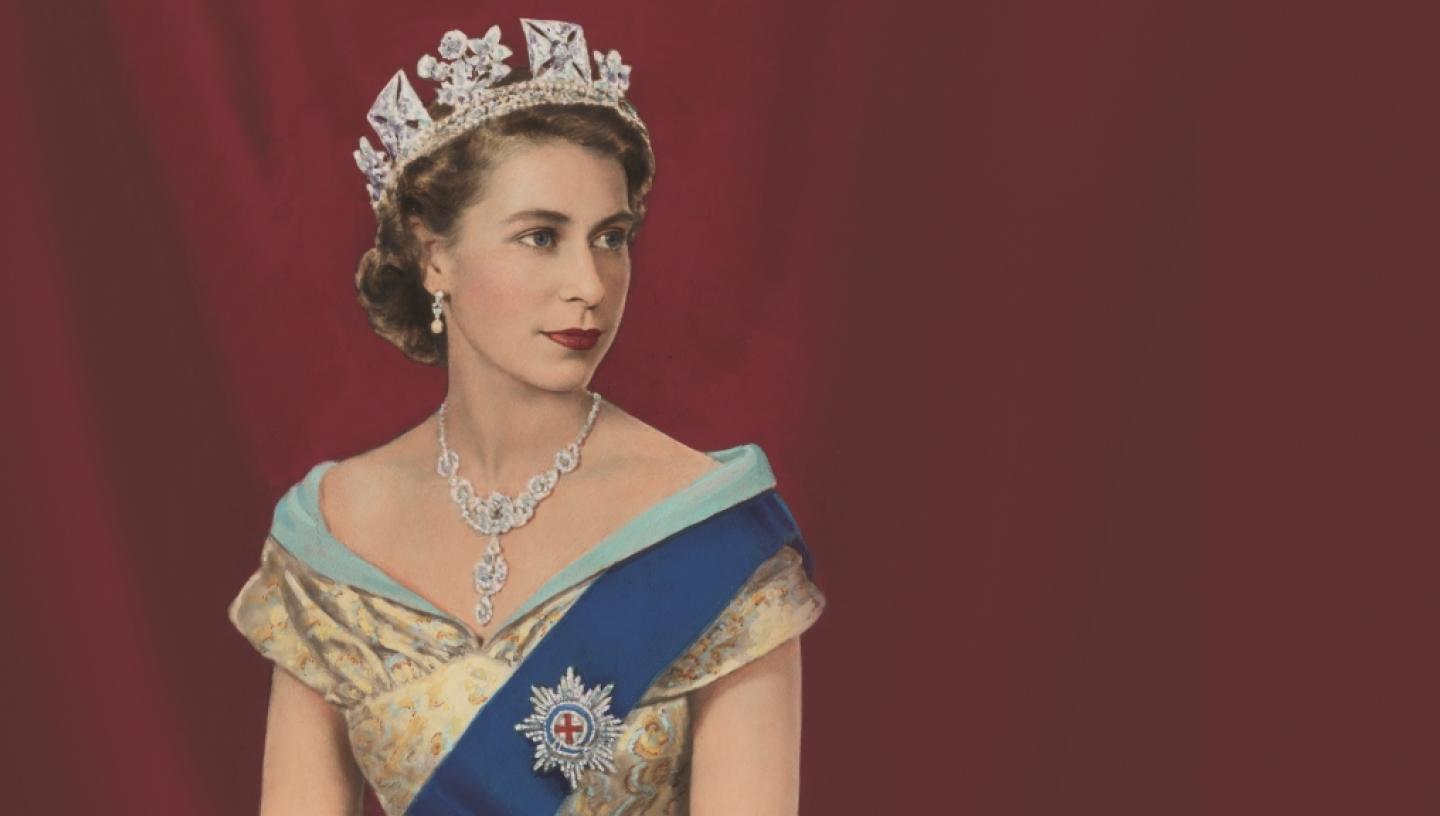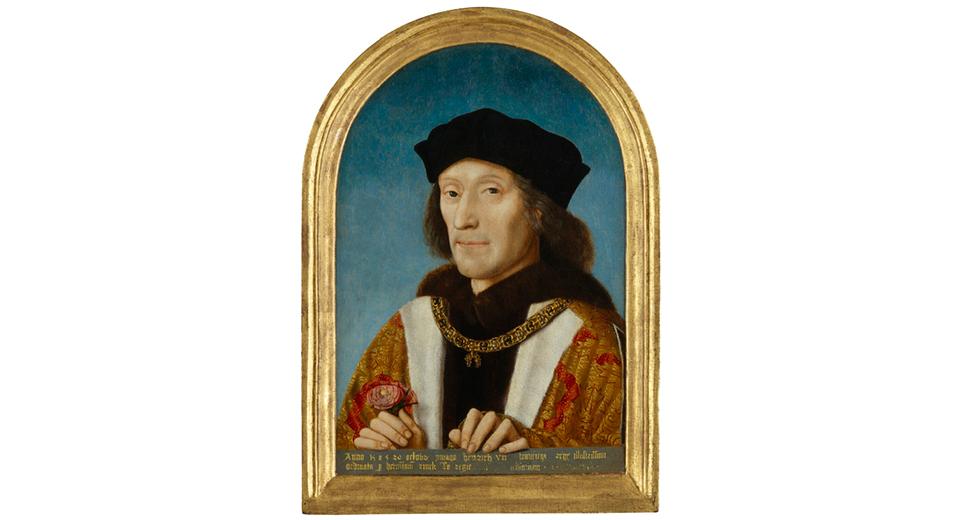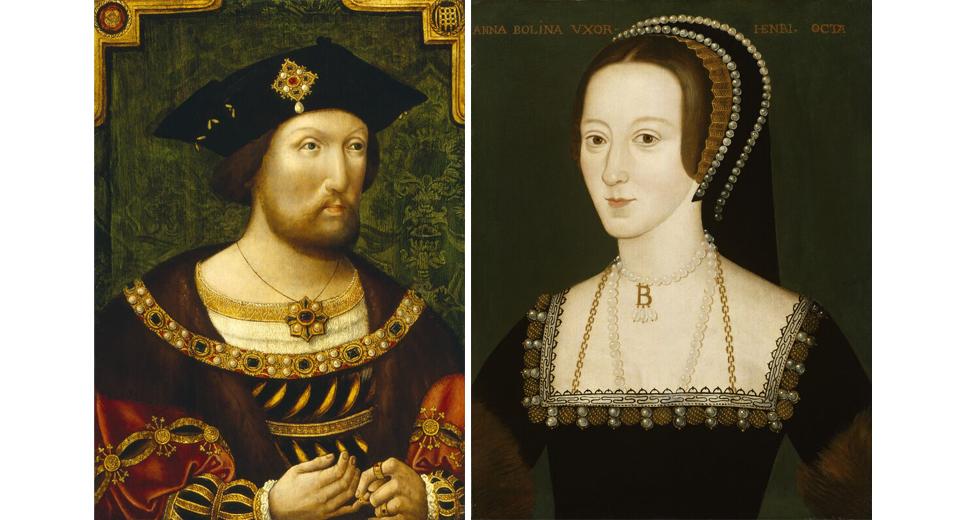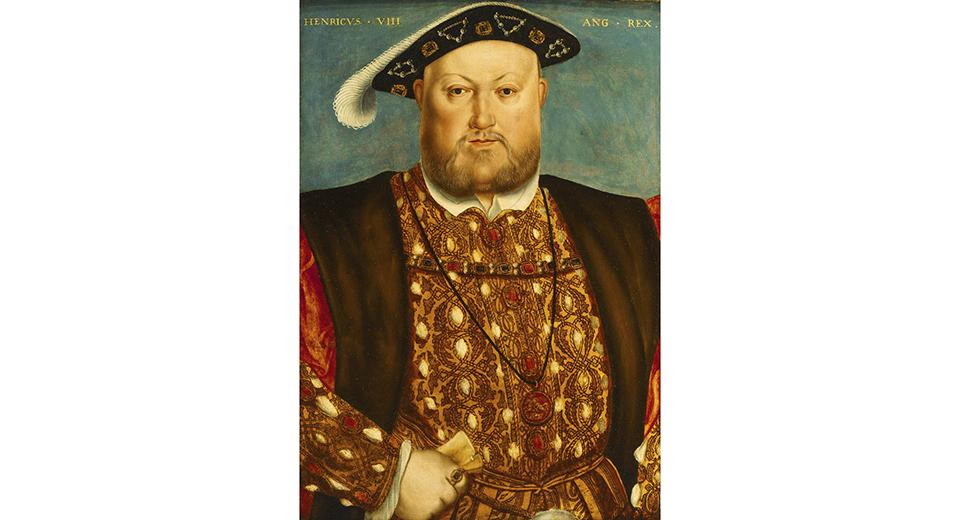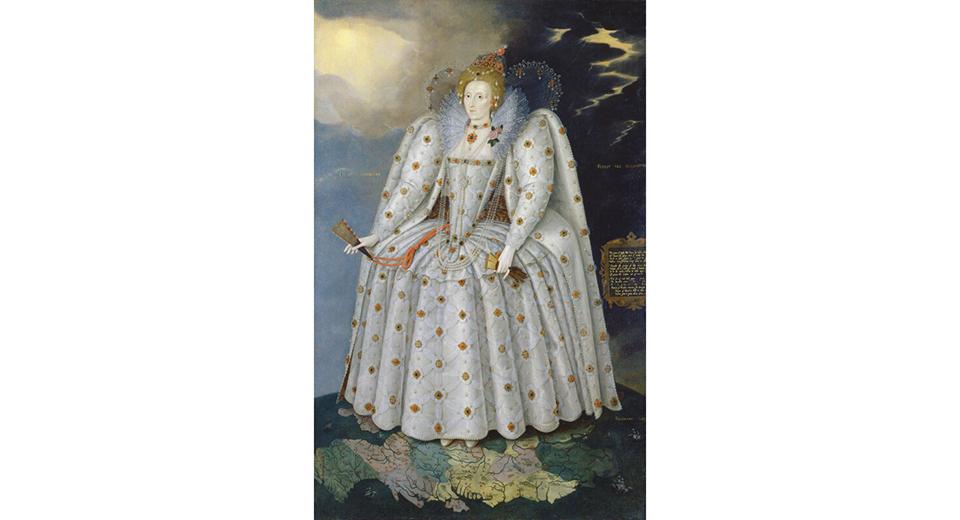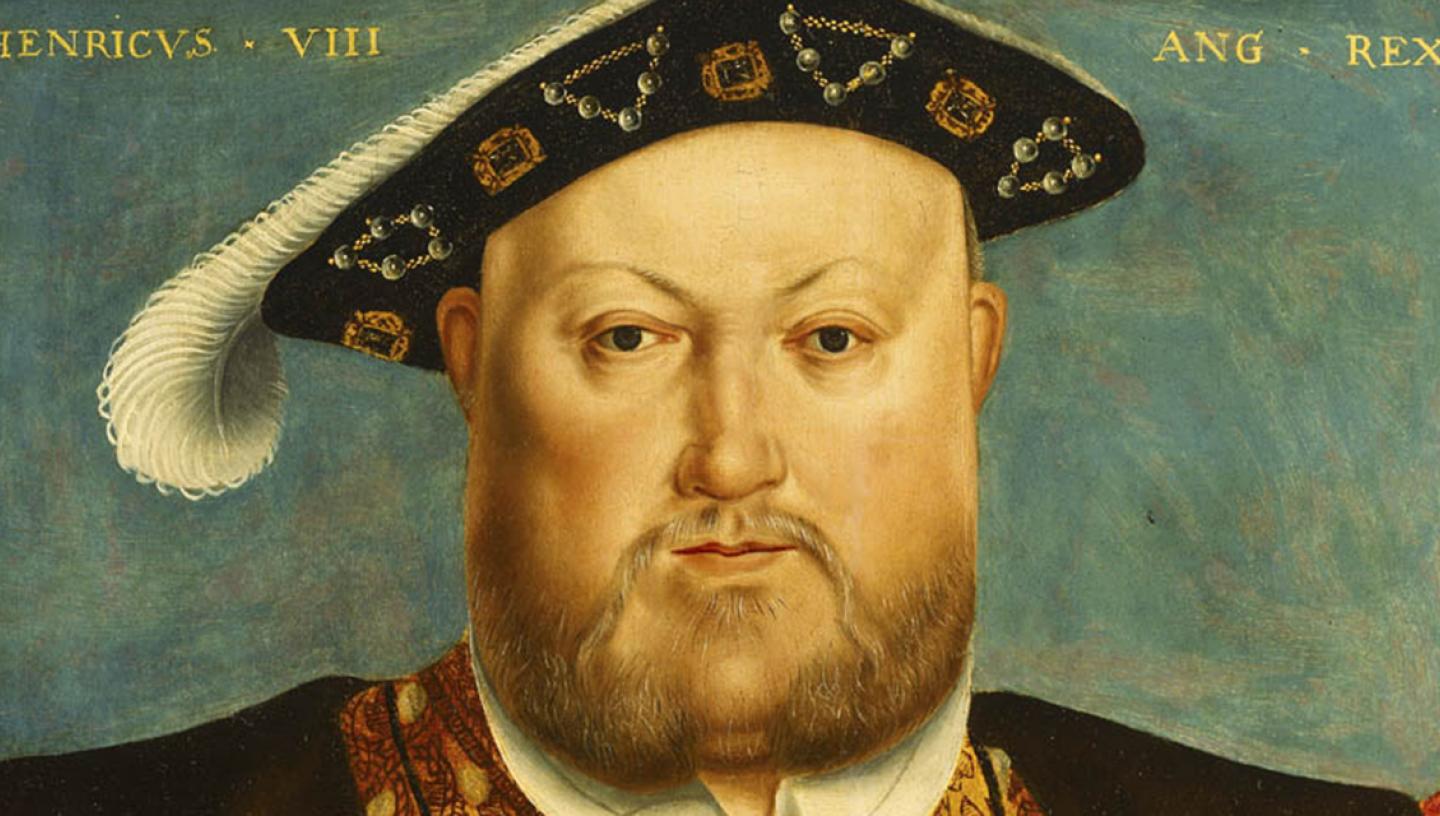
A Brief History of Royal Portraiture in the United Kingdom
Portraiture in England started to flourish during the Tudor dynasty, in the mid-15th century. By then, painters like Hans Holbein the Younger and Lucas Horenbout, or Hornebolte, were established names in Europe, promoting greater realism and detail to likenesses.
This is the first in a series of articles exploring the history of royal portraiture in the United Kingdom.
The Tudors (1485-1603)
|
1485 |
The first of the Tudors, Henry VII, is crowned following his defeat of Richard III at the Battle of Bosworth Field |
|
1491 |
Prince Henry (later Henry VIII) is born at Greenwich |
|
1509 |
Henry VIII is crowned following the death of his father Henry VII; Henry marries Katherine of Aragon |
|
1516 |
Mary Tudor (later Mary I) is born at Greenwich |
|
1533 |
Princess Elizabeth (later Elizabeth I) is born at Greenwich |
|
1534 |
The Act of Supremacy names Henry VIII head of the Church of England |
|
1536 |
After her arrest at Greenwich, Anne Boleyn is taken to the Tower of London and executed |
|
1540 |
Henry VIII marries Anne of Cleves at Greenwich |
|
1547 |
Edward VI becomes King after his father Henry VIII dies |
|
1553 |
Edward VI dies and is succeeded by Mary I following a failed attempt to claim the throne for Lady Jane Grey |
|
1558 |
Elizabeth I becomes queen after Mary I dies |
|
1587 |
Mary Queen of Scots is executed |
|
1588 |
The Spanish Armada is defeated |
|
1603 |
Elizabeth I dies |
Henry VII
It was in the course of Henry VII’s reign, lasting from 1485 to 1509, that the fashion for realistic portraits began to spread outside of the continent.
Following Elizabeth of York’s death in 1503, the widowed Henry VII commissioned an unknown Netherlandish artist to capture his likeness. This was possibly as part of an unsuccessful marriage negotiation with Margaret of Austria. Although the alliance did not come to fruition, this allowed realistic portraiture to blossom in England.
Kristian Martin, Exhibitions Interpretation Curator at Royal Museums Greenwich, points out that before 1508, when the said portrait was completed, there was not a ‘sense of realism’ in portraits of monarchs.
Instead, it was much more about ‘idealism’. Previously, monarchs had been depicted in a symbolic, romanticised way. It was ‘not specifically about making them look like’ the person they were, stresses Martin.
Henry VIII
Henry VIII succeeded Henry VII in 1509.
The new king followed in the footsteps of his father, and brought portraitists from Germany and the Netherlands to work in England. Hans Holbein the Younger first visited London in 1526, invited by Sir Thomas More. He later returned in 1532, initially welcomed by Thomas Cromwell and the Boleyns.
By 1536, Henry VIII had employed Holbein as court painter. Along the years, Holbein portrayed Henry VIII many times.
Although only two of these portraits survive today, Holbein’s depiction of Henry VIII became the definitive likeness of the second Tudor monarch. In addition to the king himself, Holbein painted his wives Jane Seymour, Anne of Cleves, and Catherine Howard, and his son Edward VI.
Other continental artists working in Henry VIII’s court include Lucas Horenbout, Levina Teerlinc, William Scrots, and Cornelis Massijs.
Henry VIII died in January 1547. His son Edward VII ascended to the throne that same month.
Flemish-born Scrots remained at Edward VII’s service, replacing Holbein as court painter. Scrots portrayed the young king on a few occasions in his six-year reign. Edward VII was briefly succeeded by Lady Jane Grey, and then by his half-sister, Mary I.
Mary I and Elizabeth I
Portraitists under Mary I’s rule continued to travel to England from Europe. Anthonis Mor, Hans Eworth and Titian are among the artists that depicted the catholic queen and her husband, Philip II of Spain. Mary I passed away in 17 November 1558, leaving the English throne to a 25-year-old Elizabeth. Her coronation took place on 15 January 1559.
Elizabeth I’s artfully curated portraits evolved throughout her 45-year reign.
Altogether, their iconography promoted notions of empire and power, and of purity and virginity. They were loaded with symbolic objects such as crowns, globes, feathers and many, many pearls.
She was ‘an absolute master of manipulating her image’, Martin says, partly because ‘she was in a vulnerable position as an unmarried queen, without an heir’, and had ‘no peer amongst the monarchs of Europe’.
Marcus Gheeraerts the Younger, another Flemish artist, painted Elizabeth I around 1592. The ‘Ditchley Portrait’ was commissioned by Sir Henry Lee, following his retirement as the feudal holder of the Manor of Scrivelsby two years prior.
There, Elizabeth I stands on a globe, with her feet planted on England. Storms rage behind her, while the sky is clear on her right-hand side. She wears a light gown, adorned by hundreds of pearls. Her skin is almost flawless, even though by then she was 59 years old.
Over the years, Elizabeth I sat for a number of artists, among them English portraitists George Gower and Isaac Oliver.
She appointed Exeter-born Nicholas Hilliard as official limner, miniaturist and goldsmith, but never employed a court painter, unlike her father, Henry VIII, and grandfather, Henry VII.
